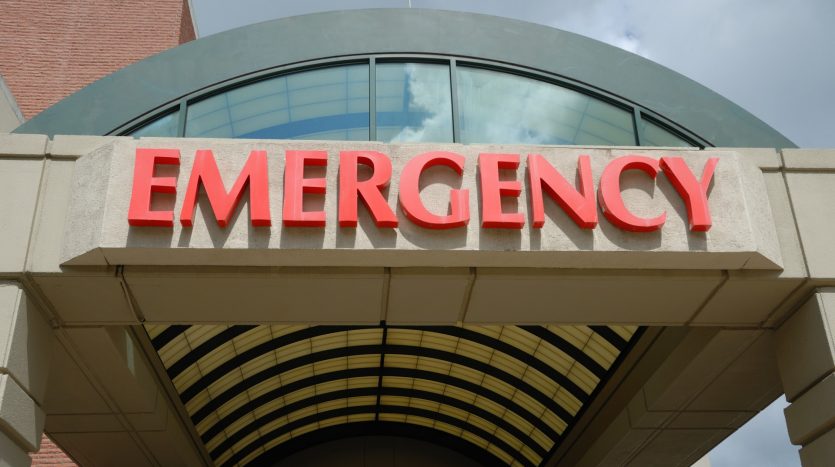The design and function of traditional hospitals is swiftly being revolutionized in front of our eyes. Many factors are at play, but considering the aging baby boomer generation, the uncertain future of our health care infrastructure, and the incredible leaps in technology over the past decade, we can expect to continue to see considerable transformation. With these factors in mind, what do we foresee out of our medical facilities in the near future? Here are a few of our predictions.
1. Increased number of ambulatory surgery centers (ASCs) and micro hospitals
Considering all the uncertainty surrounding the future of the American Health Care Act and the potential for it to leave 23 million more Americans uninsured, micro hospital facilities create enormous opportunity to bring quality, affordable healthcare to people who desperately need it. Studies from the Surgery Center Network show that traditional hospital costs are typically 40-55% higher and stays are 35-40% longer than when compared to an ambulatory surgery center. Although an ASC is not appropriate for each and every instance, the low cost, low infection rate, specialization, and efficiency are factors to keep in mind when weighing treatment options.
2. Expansion of existing sites over new building
We are continuing to see many healthcare systems choosing to expand current sites rather than building elaborate new facilities in order to cut down on expenses, save time, and invest more in creating a place for people to heal, and stay healthy. While this may not be surprising, it is a transition from what we have come to know in recent history and will likely continue into the future.
3. More focus on centering a community around a healthcare provider
We are seeing continually increasing numbers of nontraditional healthcare facilities partnering with healthcare providers to create new wellness centers that not only anchor a community, but also increase the likelihood of keeping people out of the doctor’s office. Healthcare being directly engrained into a particular community can increase overall wellness while simultaneously keeping costs down. Beth Young of Colliers International recently stated,
“Creating healthy places where people want to be is more about health maintenance than health repair.”
This perspective is imperative when considering ways in which we can make healthcare more efficient and will likely be the future of our communities. We have seen that up to 80 percent of health outcomes are correlated with non-acute care factors such as transportation accessibility, nutritious foods, green space, education, and physical activity. Creating a local populace that has a like minded goal of health and wellness would alleviate many of the issues our hospitals are facing and could lead to an overall improvement in quality of life. This change in focus exhibits a shift toward a health conscious community and provides integrated feedback, efficient circulation, open space, a connection to nature, and efficient uses of space that encourage more active lifestyles.
Considering all three of these factors, healthcare facilities are likely to be going through a transitional period in the near future which will allow for the forward thinking advisor, investor, and broker to find new opportunities for growth and expansion out of a previously underwhelming market.




